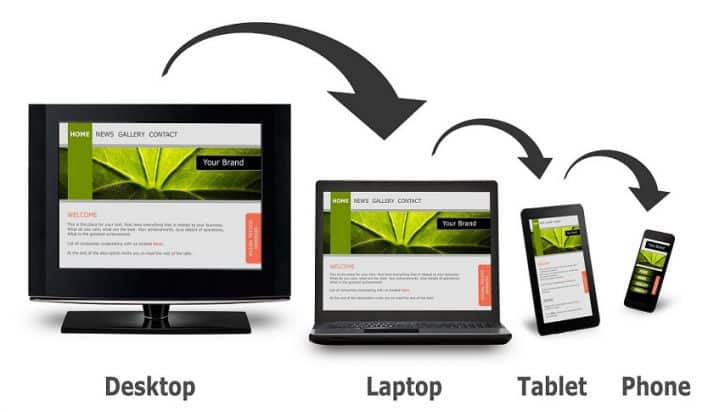Understanding the Key Features of a Multipage Website
In the ever-evolving digital landscape, having a strong online presence is crucial for businesses and individuals alike. A multipage website serves as a powerful tool to convey information, showcase products or services, and engage with a wider audience. To harness the full potential of a multipage website, it’s essential to comprehend its key features. In this article, we’ll delve into the intricacies of multipage websites, exploring the significance of various elements that contribute to their functionality and user experience.

The Structure of a Multipage Website
The structure of a multipage website is fundamental to its overall success. Breaking down content into organized sections ensures easy navigation and enhances user experience. The primary components of a well-structured multipage website include:
- Home Page The home page is the virtual storefront, offering a snapshot of what the website is all about. It typically features a combination of eye-catching visuals, concise text, and navigation options to guide visitors to other key sections.
- Navigation Menu An intuitive navigation menu is the backbone of a multipage website. Using <H3> subheadings for various sections, it allows users to seamlessly move between pages. Common menu items include Home, About Us, Services, Products, Blog, and Contact.
- Footer Often overlooked, the footer plays a crucial role in providing additional navigation options and important information. It may include links to privacy policies, terms of service, and social media profiles.
- Internal Pages Each internal page should have a specific focus, whether it’s providing detailed information about products or services, sharing company history and values, or offering valuable content through a blog.
Content and SEO Optimization
Creating compelling and relevant content is paramount for the success of a multipage website. Additionally, optimizing content for search engines enhances visibility. Here’s how content and SEO play a crucial role:
- Headings and Subheadings Proper use of headings (<H1> to <H6>) not only structures content but also aids search engines in understanding the hierarchy of information. For example, an <H1> tag should represent the main page title, while <H2> and <H3> tags can be used for subheadings.
- SEO-friendly URLs URLs should be concise, descriptive, and contain relevant keywords. Search engines favor easily understandable URLs, contributing to better rankings.
- Meta Tags and Descriptions Each page should have unique meta tags and descriptions. These concise snippets provide a summary of the page content and contribute to search engine result page (SERP) visibility.
- Image Optimization Images enhance the visual appeal of a website, but they should be optimized for faster loading times. Alt tags should be used to describe images, improving accessibility and providing additional context for search engines.
Responsive Design for Accessibility
With the increasing use of mobile devices, ensuring a seamless experience across various screen sizes is imperative. Responsive design addresses this need:
- Mobile Responsiveness A multipage website should adapt to different screen sizes, providing an optimal viewing experience on desktops, laptops, tablets, and smartphones.
- Cross-Browser Compatibility Compatibility with multiple browsers ensures that visitors can access and navigate the website regardless of their preferred browser.
- Accessibility Features Incorporating accessibility features, such as alternative text for images, proper color contrasts, and keyboard navigation, makes the website usable for individuals with disabilities.
Interactive Elements and User Engagement

Engaging visitors and keeping them on the website is essential. Incorporating interactive elements enhances user experience:
- Calls-to-Action (CTAs) Each page should have clear CTAs guiding visitors on the next steps, whether it’s making a purchase, filling out a form, or subscribing to a newsletter.
- Forms and Feedback Forms enable user interaction, facilitating inquiries, registrations, and feedback. Providing a streamlined form-filling process enhances user satisfaction.
- Social Media Integration Integrating social media buttons and feeds allows users to share content easily and stay connected. This enhances the website’s reach and promotes community building.
- Multimedia Content Incorporating multimedia elements, such as videos and interactive graphics, adds depth to the content and captures visitors’ attention.
Conclusion
In conclusion, a multipage website’s success hinges on a thoughtful combination of structural organization, compelling content, SEO optimization, responsive design, and interactive elements. Understanding and implementing these key features contribute to an enhanced user experience, improved search engine visibility, and ultimately, the achievement of the website’s goals. As the digital landscape continues to evolve, staying abreast of emerging trends and technologies will further empower webmasters and businesses to create impactful multipage websites. https://diversewebsitedesign.com.au/content-management/





